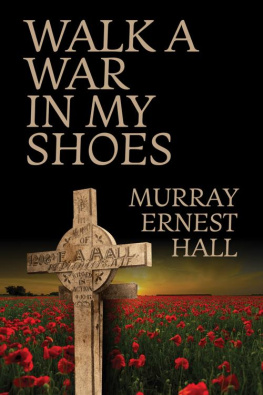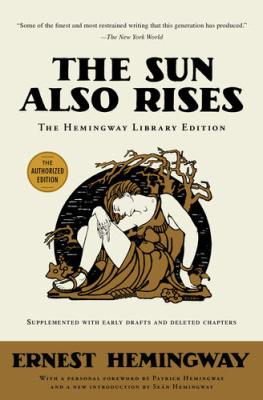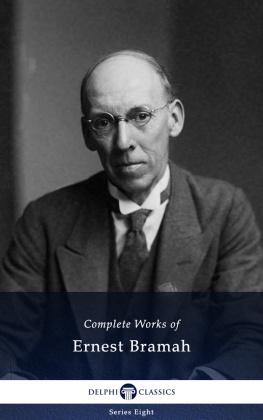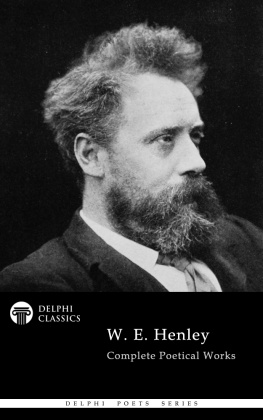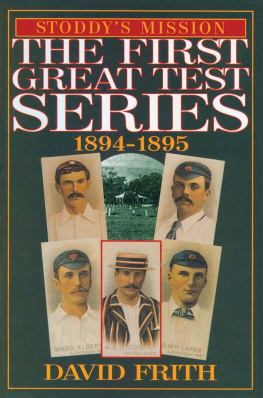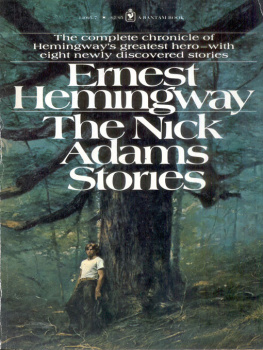Walk a War in My Shoes
By
Murray Ernest Hall
My biggest heartache in writing this book is that my mother will never read it.
Without her interest and passion in family history it is unlikely that this story would ever have been told.
On behalf of Ernest Alfred Hall and myself, we dedicate this book to the memory of
Dorothy (Dot) Olive Maud Hall.
A short walk South-West of the Ypres
town centre on the Omloopstraat sits the
Belgium Battery Corner Cemetery.
In Section 2, Row D, Plot 12 rests a soldier.
My soldier.
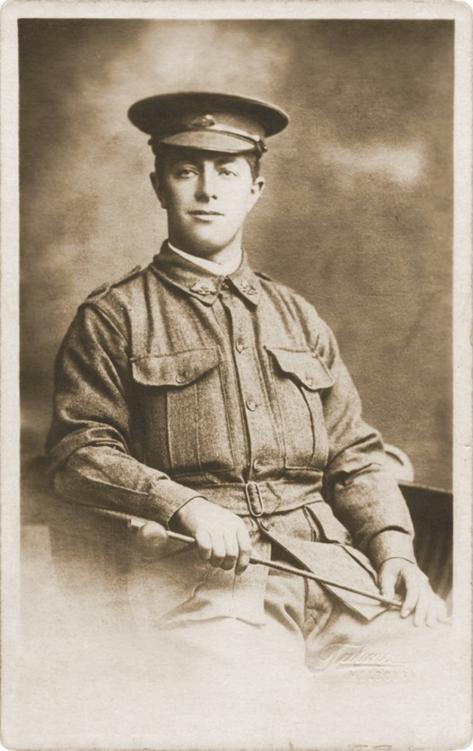
PREFACE
THERE HAVE BEEN HUNDREDS of magnificent books written around Australias involvement in World War 1. The legend of the ANZACs, specific battle grounds like Gallipoli and the Somme, personnel diaries, collections of individual stories, photograph collections and paintings. They collectively make up an historical record of an era that left this country battered and bruised.
For good or bad, and as heart wrenching as some of them are to read, they will forever remain a part of Australias history. In every one of those pieces of work is a story or multiple stories. Each and every one of them deserve their day in the sun.
As a young adult, I had a loose understanding, mainly through family folk lore, of my great uncles demise in World War 1. The story was old, it didnt have much bearing on me and I was simply too young to understand the importance of such an historical connection. It wasnt until 1974 when, as a 21-year-old living in the Belgian city of Ghent, I started to connect the dots a bit better. Ernest Alfred Hall was at rest in a war cemetery 100km away in the town of Ypres. Armed with the knowledge that no family member had ever stood at the foot of his memorial stone, I made the effort to do so.
Along with a mate, we borrowed a car from the Kazzematten Straat that someone had kindly left the keys in the ignition of and drove down to Ypres. The outing is one that has stuck in my mind my entire life since. At the time though, I had no idea or understanding of the conflict that had taken place in and around this town 60 years earlier. We later realized we had been walking the Western Front, or certainly part of it.
As neither the World Wide Web nor Google Maps had been invented in 1974 we drove around from war grave to war grave, asking farmers along the way for directions to the Belgium Battery Corner Cemetery. I struggled to comprehend the dozens of manicured, immaculately kept cemeteries in the middle of open farmers fields filled to the brim with white military headstones. The quantity of cemeteries and the sheer volume of row upon row of headstones was staggering. Added to the reality check of what we were learning was the heart-breaking knowledge that not every head stone represented one soldier. The inscription on numerous headstones read 3 men known unto God or 4 or 5, or worse. Soldiers blown to bits and bundled into mass graves.
If they are lucky, those lost souls will have their name recorded on the Menin Gate Memorial to the Missing in Ypres where 54,395 names of Commonwealth soldiers with no known grave are engraved into the marble. Or a few kilometres away at Tyne Cot Cemetery where another 34,991 names are recorded.
Our day in Ypres was unsuccessful in that we failed to find the Belgium Battery Corner Cemetery. We returned to Ghent and parked the car back where we had found it, leaving the keys in the ignition. A few phone calls later and a little more research, we had an address.
The next day we borrowed the same vehicle and drove back to Ypres, locating the Cemetery within walking distance of the town centre, Grote Markt.
Like the other cemeteries we had been to the day before, this one also lay in a large open field. About an acre in size, surrounded by farmers green crops. Five Hundred and sixty-eight soldiers are buried there.
Over the following years my interest would fire up occasionally, maybe inspired from reading another book on WW1 or more likely through my mothers drive. She was considered the family historian and occasionally she would share updates with me of her research into great Uncle Ern.
When she passed away in 2013 she bequeathed to me a filing cabinet full of family archives, magnificently researched and documented. In the cabinet was a large folder marked EAH containing a treasure trove of original letters, artefacts, postcards, photographs and documents.
What literally fell into my lap was a breathtaking life story of a brave young Australian that had gathered dust and remained untold for almost a hundred years.
Over the next five years, I read, researched, and studied every document in the file and travelled to France and Belgium twice. A passing interest ballooned into an obsession to get my hands on anything that would satisfy my desire to walk a few steps in Ernests shoes.
At some stage, and encouraged by family and friends, the obvious conclusion was reached. Ernest Alfred Hall deserves his day in the sun and my role would be to glue his magnificent story together.
I sought assistance from a wide range of agencies and individuals who shared the passion. Not only Australian based but in Belgium, France and Britain. The reader can be assured the ANZAC spirit is alive and well in all those countries. Maybe I was lucky, but on every occasion those contacts bent over backwards to supply information to me or they would redirect me to someone who would do so. Their willingness to freely share historical knowledge has been overwhelming.
Wherever possible, I have transcribed his letters word for word as they help to reflect the era they were written in. Some of the language he has used would not be politically correct today, however for the purpose of accuracy I have left phrases and derogatory comments exactly as they were written. Please do not be offended. I have also left the units of measurement as they were at the time, British Imperial.
This is Ernest Alfred Halls story.
CHAPTER 1
THE EARLY YEARS
AUSTRALIA WAS VERY MUCH A RAW but rapidly developing country at the time of my birth, Sunday 25th August 1895.
Its been a mere one hundred and seven years since Captain Phillip came ashore in Sydney Harbour with one thousand and thirty people in tow to establish British rule in Captain Cooks discovered New South Wales. The colony grew very quickly in the early years, spreading its wings up and down the East coast, across the Tasman and then progressively westwards, trickling into South Australia. Western Australia grew out from Fremantle and moved eastwards.
Our population growth over that time has resembled that of a rabbit plague, growing to around 4.2 million persons by 1895. It was accelerated firstly by the one hundred and sixty-two thousand convicts sent out by the British establishment. Later, a surge of free-settlers, brought on by the gold rush era of the mid 1800s when tens of thousands of immigrants, mainly from America where the Californian gold rush had slowed, and many thousands from China, flooded into Australia. All were seeking a new life and instant wealth.
While the growth rate might appear outstanding, the population in 1895 only equates to around 1.5 person per square mile of this vast continent, so there remained plenty of room for expansion.
We are a massive continent, with extremes from top to bottom that make it a mini-world of its own. Bitterly cold, snow, ice and massive seas. Spectacular roaming hills and magnificent forests, pristine beaches and potential farming land as far as the eye can see. And all that is just around the coast line. Move into the centre and the territory changes, it becomes barren, harsh, the heat and lack of water is life threatening. Desert and sand hills, not a decent tree for two hundred miles.
Next page
